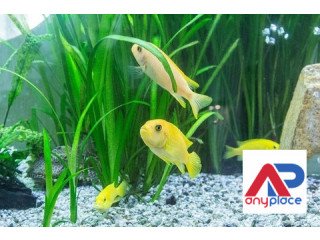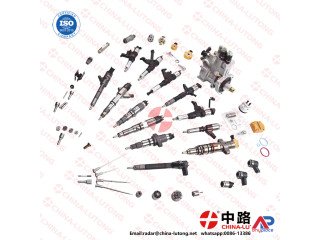One component silicone
2022-08-02 11:37 Automobiles Satna 352 views Reference: 1438Location: Satna
Price: Contact us
Epoxy potting compound can be cured at room temperature or heated. After curing, it has excellent electrical properties, high surface gloss and simple and convenient operation. The SGS test has passed the EU ROHS standard. The cured product has high hardness, smooth surface, good gloss, and has the characteristics of fixation, insulation, waterproof, oil-proof, dust-proof, anti-theft, corrosion resistance, aging resistance, and thermal shock resistance. It is suitable for potting of small and medium-sized electronic components, such as automobile, motorcycle igniter, LED driving power supply, sensor, toroidal transformer, capacitor, trigger, LED waterproof lamp, and circuit board confidentiality, insulation and moisture-proof potting.
A silicone or polysiloxane is a polymer made up of siloxane (−R2Si−O−SiR2−, where R = organic group). They are typically colorless oils or rubber-like substances. Silicones are used in sealants, adhesives, lubricants, medicine, cooking utensils, thermal insulation, and electrical insulation. Some common forms include silicone oil, silicone grease, silicone rubber, silicone resin, and silicone caulk. More precisely called polymerized siloxanes or polysiloxanes, silicones consist of an inorganic silicon–oxygen backbone chain (−Si−O−Si−O−Si−O−) with two organic groups attached to each silicon center. Commonly, the organic groups are methyl. The materials can be cyclic or polymeric. By varying the −Si−O− chain lengths, side groups, and crosslinking, silicones can be synthesized with a wide variety of properties and compositions. They can vary in consistency from liquid to gel to rubber to hard plastic. The most common siloxane is linear polydimethylsiloxane (PDMS), a silicone oil. The second-largest group of silicone materials is based on silicone resins, which are formed by branched and cage-like oligosiloxanes.
One component silicone rubber is named after two component silicone rubber. Different from the two component silicone, the one-component silicone does not need to be mixed into the adhesive (curing agent) before use, and the one-component silicone has already added a latent curing agent to its production formula. This type of curing agent generally either starts to react and cures when it encounters a suitable high temperature or suitable water molecules. One component silicones have latent curing agents added to their production formulations, so there is no need to mix in the adhesive (curing agent) before use. This type of curing agent generally starts to react and cure when it encounters a suitable high temperature or suitable water molecules. One-component silicone rubber includes the following three categories: one-component room temperature vulcanized silicone rubber, one-component heating-curing silicone rubber and one-component mixing silicone rubber. Two component silicone is generally divided into two categories: condensation type and addition type. The condensation type will release low molecular substances during the curing process, and the addition type will not produce low molecular weight. Therefore, the condensation type has obvious shrinkage during curing, and the addition type has almost no shrinkage. Typical two-component condensed silica gel such as mold silica gel cured at room temperature, typical addition-type two-component silica gel wrapped silica gel, common liquid silica gel, etc. Two-component condensation type RTV silicone rubber is the most common type of RTV silicone rubber. Its raw rubber is usually hydroxyl-terminated polysiloxane, which is combined with other compounding agents and catalysts to form a rubber compound. The viscosity can range from 100 centistokes to one million centistokes.














